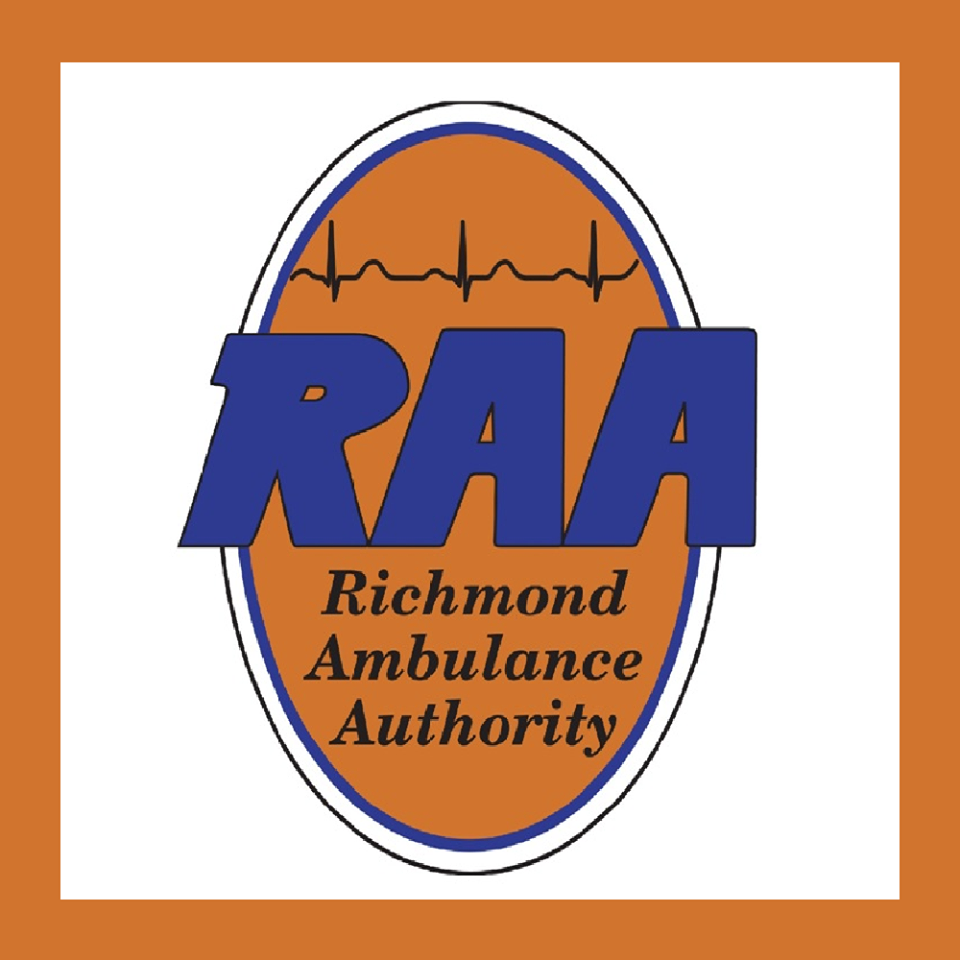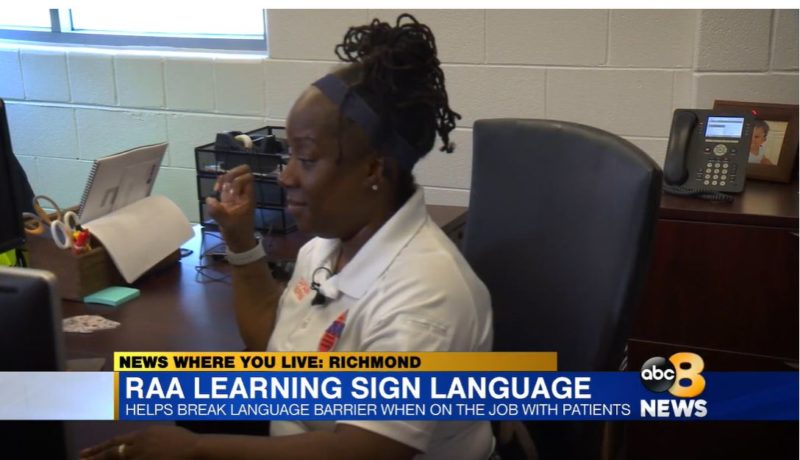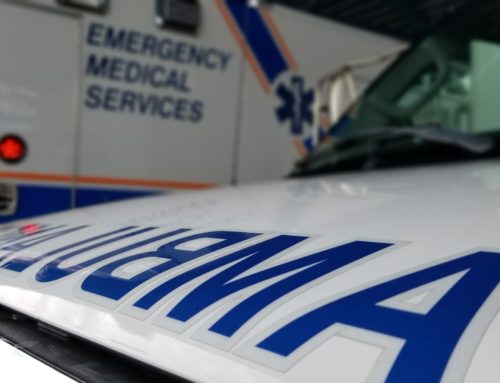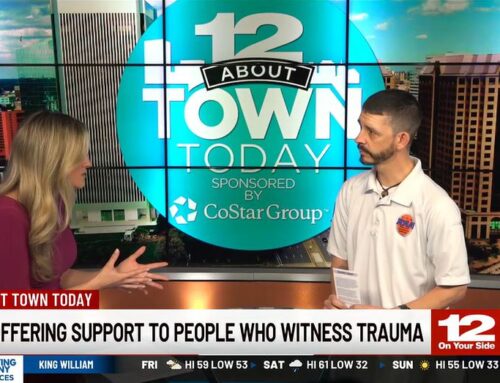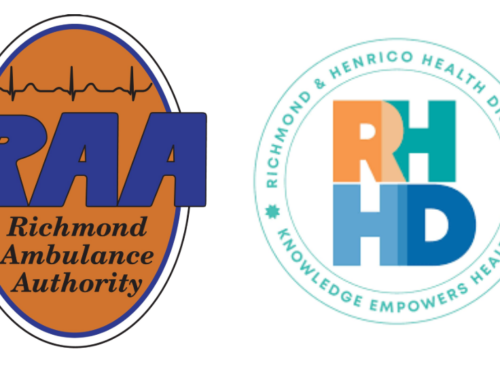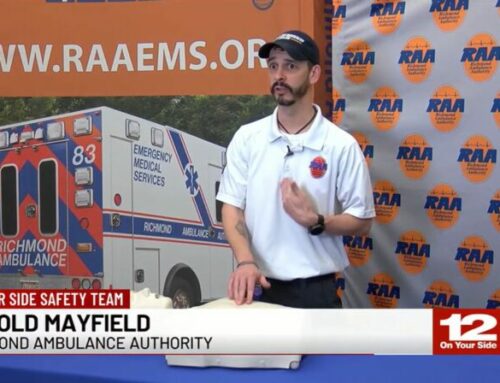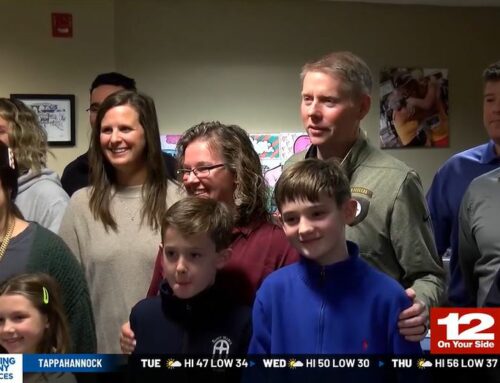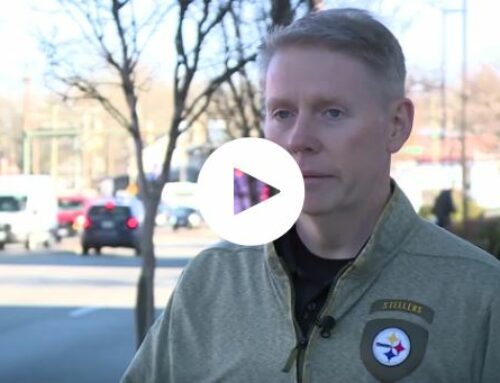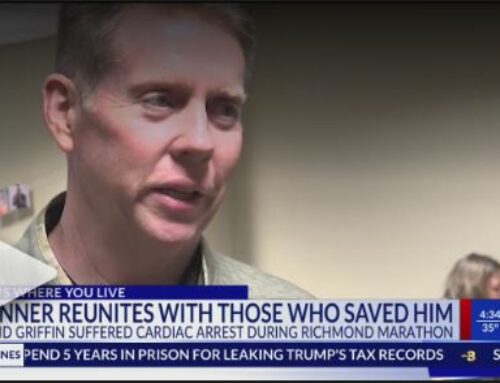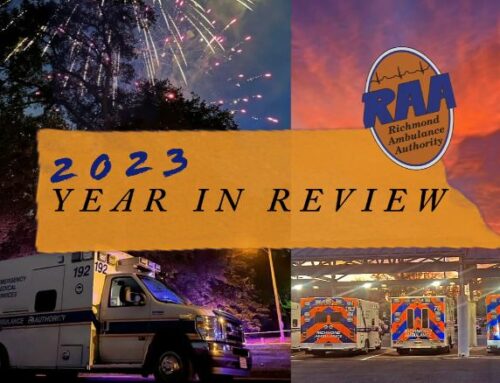This story originally appeared on wric.com
Imagine requiring medical attention and not being able to effectively communicate what’s wrong. That’s the reality for some deaf and hard-of-hearing patients.
Personnel with the Richmond Ambulance Authority (RAA) are learning American Sign Language (ASL) so they can jump over that language barrier and help their patients.
One hour a week, some of the ambulance authority’s EMTs spend time in a virtual class learning sign language.
“Sign language hasn’t been in our ‘forte’ to use but we do come across a lot of hard of hearing and deaf patients,” said Captain Ronnie Ruffin.
She says they’ve been taking lessons for over a year, and learning ASL helps break some language barriers while out on the job.
“Anxiety is probably the biggest thing for anybody on a truck, but for anybody who is hard-of-hearing, that anxiety may be a little higher when it is a medical emergency and they may already not be feeling well,” Ruffin said.
Kathy Williams, the Executive Director of KW Metropolitan Sign Language, added an educational component to her interpreting agency two years ago that focuses on teaching ASL to all first responders.
She said teaching them this language can help bridge the gap of communication for those they serve.
Initially, Williams was going to the first responders in person to teach them the lessons, but the pandemic made that difficult. Since March 2020, the program has been virtual but the lessons are still being retained by the EMTs and police.
“They [first responders] say, ‘today on the job I was able to ask if someone took their medicine or ask them what kind of medications they take,’ and a deaf or hard-of-hearing person will see that and instantly be comforted,” Williams said.
Williams also added that it helps patients to be able to communicate if they are allergic to penicillin or if they are diabetic because there is a fear that exists when you are unable to effectively relay that information.
